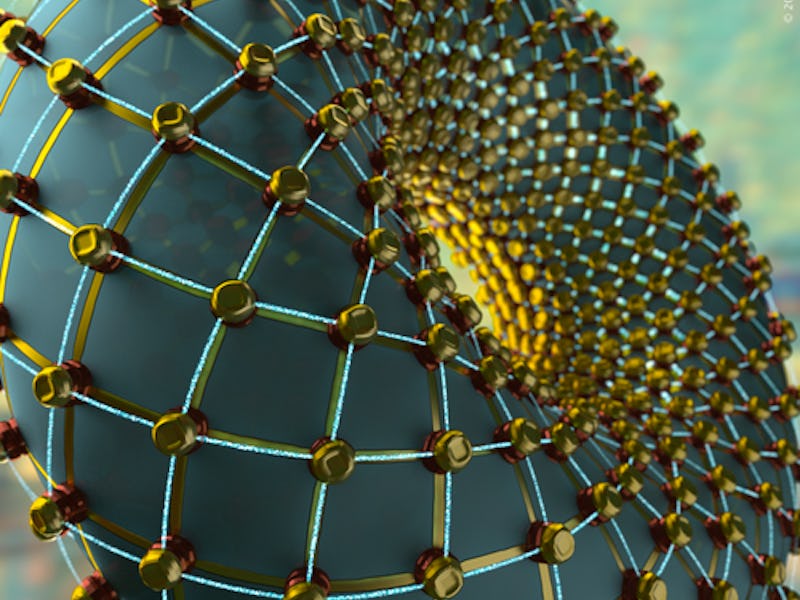WTF Are Qubits? The Ones and Zeroes of Quantum Computing Are Many Things at Once
Hint: they have to do with the development of a whole new generation of super-fast computers.

Qubits are getting more and more attention these days. You might have heard of them and, if you have, you probably know that have something to do with computers. What, exactly, they have to do with computers is confusing so, before we dive straight in, let’s get our collective head around the idea of quantum computing. In quantum mechanics, systems can exhibit very peculiar behaviors. Among these is superposition, when a particle is in two places at once, and entanglement, when the behavior of one particle affects the behavior of other, more distant particles. These aren’t phenomena we notice in our day to day lives, which is why we don’t worry about the dog sitting in the cat or either one of them getting into a pantry three states over. The way we build computers right now is based on materials called transistors — aka semiconductors that interact with and amplify electronic signals — and they can’t take advantage of quantum states. Quantum computers are different.
But if you built a computer that did directly deal with quantum phenomena, your electronic devices could do unbelievable things. These kinds of computers could operate at incredible speeds; sift through troves of data in mere seconds. At the core of making this work is transforming the nature of data. Currently, data is encoded in binary digits we call bits, existing simply as either one of two states only. But if you found a way to make bits quantum — that is, exist in multiple states at once — they would instead be quantum bits, or “qubits.”
A qubit specifically works by taking advantage of superposition and having the ability to be not just one of two different states, but simultaneously be both states. It’s like a light switch that’s both on and off (an apt metaphor when you consider that qubits are based on particular polarizations of photons).That’s weird for us in the real world to think about, but in the world of quantum physics, it’s not weird at all.
Conceptual art of a quantum bit, or qubit.
Qubits also exhibit quantum entanglement because they can be acted on simultaneously — further helping to speed data-driven processes. A computer running can do two things at once or, more to the point, run through a process multiple steps at a time.
For example, let’s say you have a device that’s going through a deep trove of data — like the phone numbers of everyone in the entire world — and organizing and analyzing each entry. A quantum computer based on qubits could accomplish such a task much faster because the data doesn’t need to be sifted through one by one. Because the data can take on multiple states, it can be processed much faster.
Quantum computing itself is taking off, but getting qubits to work has been a much more difficult endeavor. There have been a measurable array of successes in the last decade. In 2013, Google launched the Quantum Artificial Intelligence Lab in collaboration with NASA, and successfully built a 512-qubit D-Wave quantum computer. Just this past month, researchers have solved problems hindering the development of optical qubits; and others unveiled the successful test of something called a “qutrit” — which can exist in not two, but three different superimposed states.
Will any of this ever affect the way we interface with mass market technology? It’s likely, but there’s little practical value to qubit knowledge — beyond understanding the ramifications of what is coming in the not so distant future.